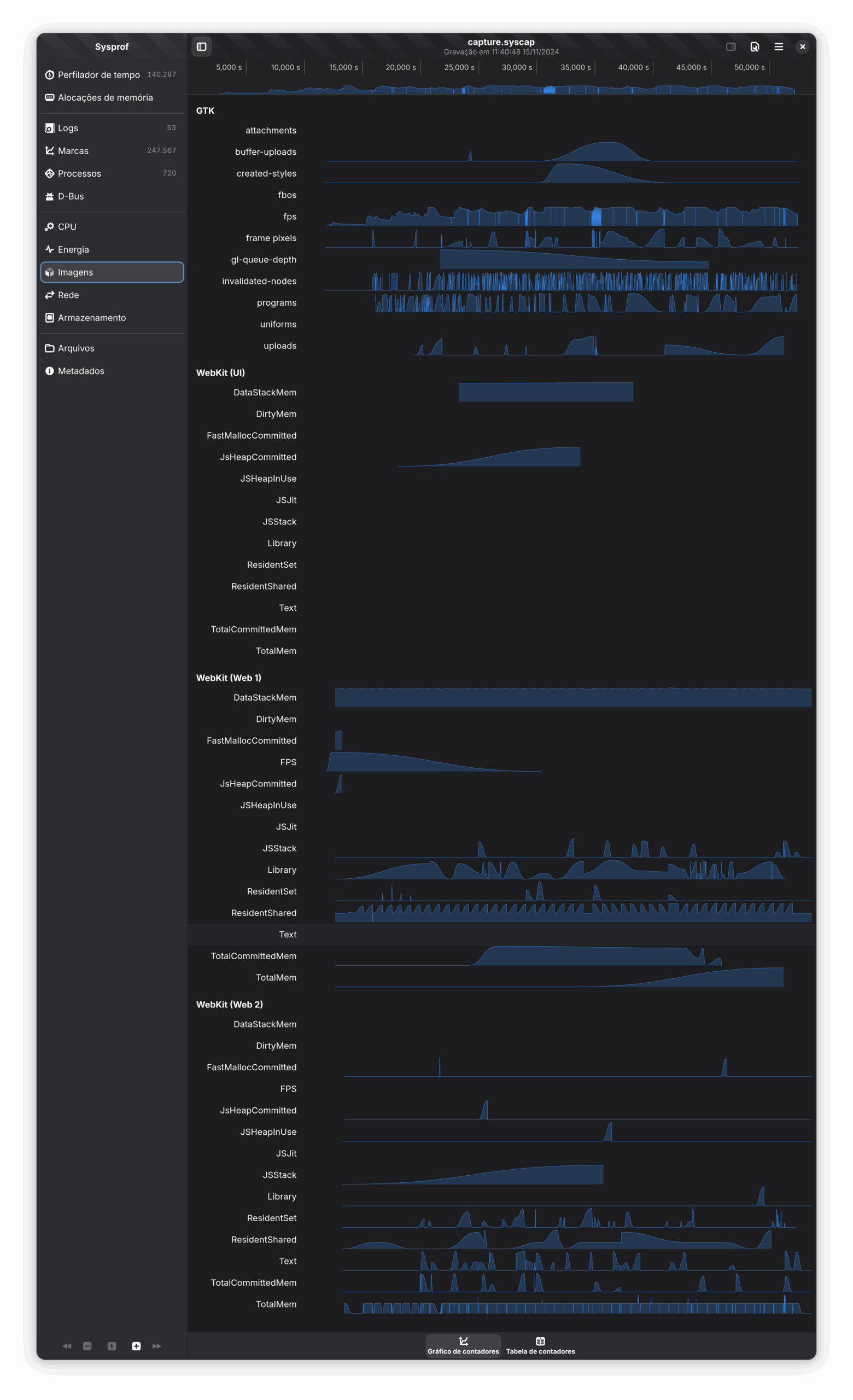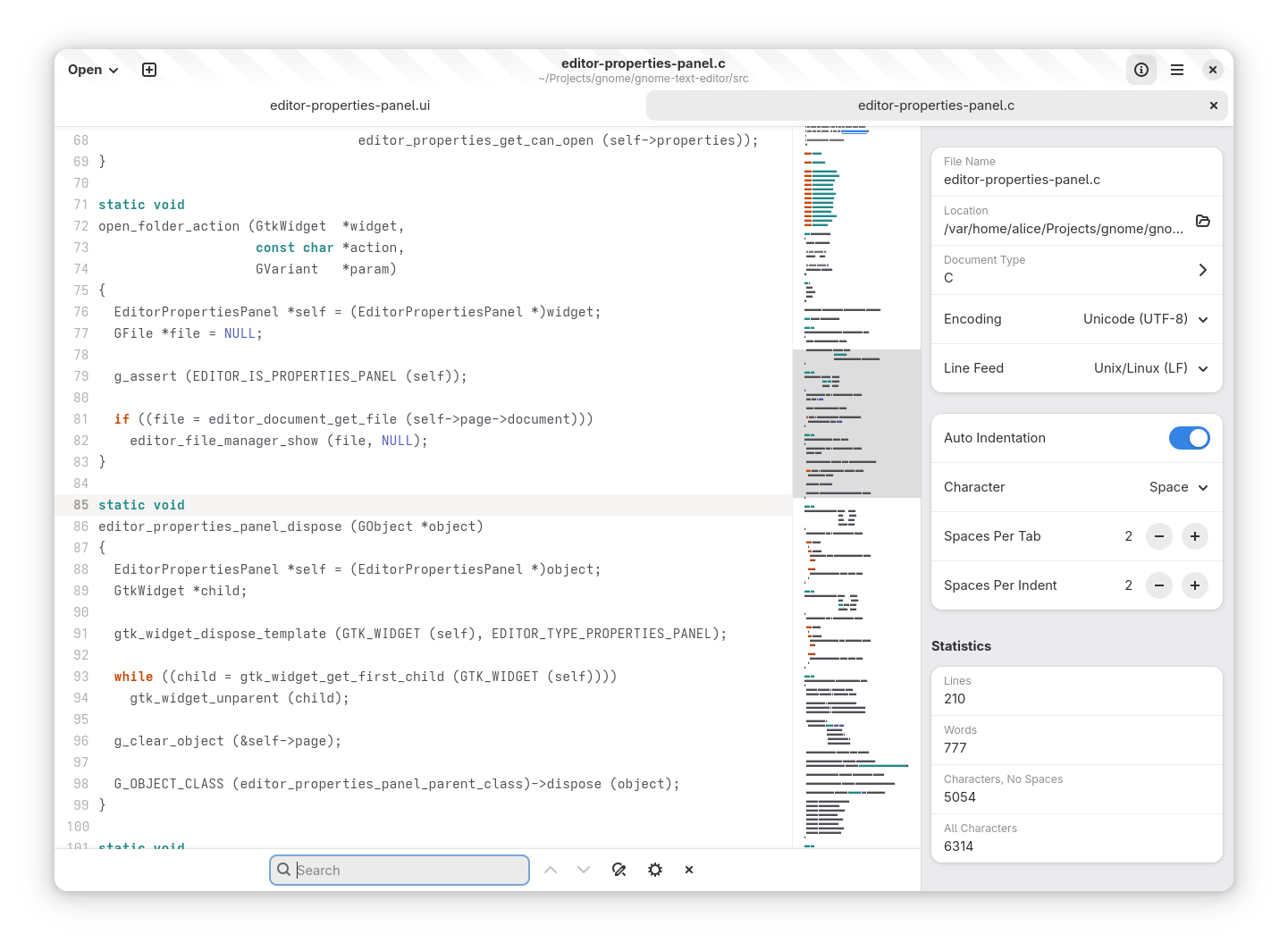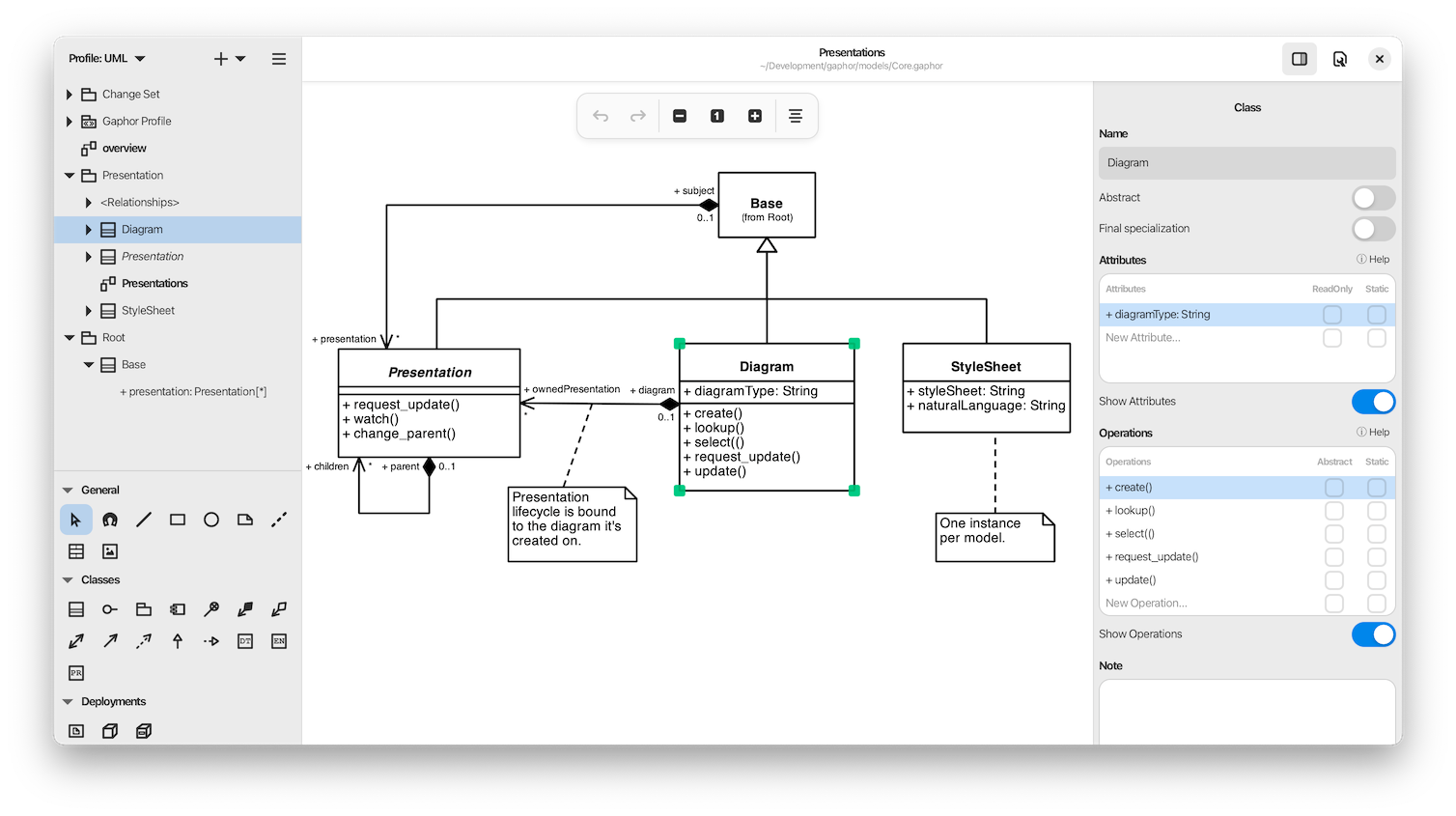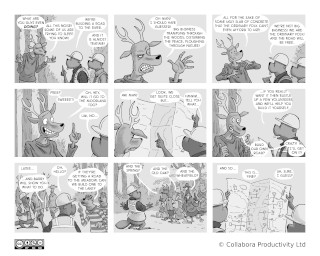-
chevron_right
Christian Schaller: More adventures in the land of AI and Open Source
news.movim.eu / PlanetGnome • 9 September • 6 minutes
I been doing a lot of work with AI recently, both as part of a couple of projects I am part of at work, but I have also taken a personal interest in understanding the current state and what is possible. My favourite AI tool currently is Claude.ai . Anyway I have a Prusa Core One 3D printer now that I also love playing with and one thing I been wanting to do is to print some multicolor prints with it. So the Prusa Core One is a single extruder printer, which means it only has 1 filament loaded at any given time. Other printers on the market, like the PrusaXL has 5 extruders, so it can have 5 filaments or colors loaded at the same time.

Prusa Single Extruder Multimaterial setting
The thing is that the Prusa Slicer (the slicer is the software that takes a 3d model and prepares the instructions for the printer based on that 3d model) got this feature called Single Extruder Multi Material. And while it is a process that wastes a lot of filament and takes a lot of manual intervention during the print, it does basically work.
What I quickly discovered was that using this feature is non-trivial. First of all I had to manually add some G Code to the model to actually get it to ask me to switch filament for each color in my print, but the bigger issue is that the printer will ask you to change the color or filament, but you have no way of knowing which one to switch to, so for my model I had 15 filament changes and no simple way of knowing which order to switch in. So people where solving this among other things through looking through the print layer by layer and writing down the color changes, but I thought that this must be possible to automate with an application. So I opened Claude and started working on this thing I ended up calling Prusa Color Mate..
So the idea for the application was simple enough, have it analyze the project file, extract information about the order of color changes and display them for the user in a way that allows them to manually check of each color as its inserted. So I started off with doing a simple python script that would just print to the console. So it quickly turned out that the hard part of this project was to parse the input files and it was made worse by my ignorance. So what I learned the hard way is that if you store a project in Prusa Slicer it will use this format called 3mf. So my thought was, lets just analyze the
3mf
file and extract the information I need. It took my quite a bit of back and forth with Claude, feeding claude source code from Prusa’s implementation and pdf files with specifications, but eventually the application did spit out a list of 15 toolchanges and the colors associated with them. So I happily tried to use it to print my model. I quickly discovered that the color ordering was all wrong. And after even more back and forth with Claude and reading online I realized that the 3mf file is a format for storing 3d models, but that is not what is being fed your 3d printer, instead for the printer the file provided is a bgcode file. And while the 3mf file did contain the information that you had to change filament 15 times, the information on in which order is simply not stored in the 3mf file as that is something chosen as part of composing your print. That print composition file is using a file format called bgcode. So I now had to extract the information from the bgcode file which took me basically a full day to figure out with the help of Claude. I could probably have gotten over the finish line sooner by making some better choices underway, but the extreme optimism of the AI probably lead me to believe it was going to be easier than it was to for instance just do everything in Python.
At first I tried using this libbgcode library written in C++, but I had a lot of issues getting Claude to incorporate it properly into my project, with Meson and CMAKE interaction issues (in retrospect I should have just made a quick RPM of libbgcode and used that). After a lot of struggles with this Claude thought that parsing the bgcode file in python natively would be easier than trying to use the C++ library, so I went down that route. I started by feeding Claude a description of the format that I found online and asked it to write me a parser for it. It didn’t work very well and I ended up having a lot of back and forth, testing and debugging, finding more documentation, including a blog post about this meatpack format used inside the file, but it still didn’t really work very well. In the end what probably helped the most was asking it to use the relevant files from libbgcode and Prusa Slicer as documentation, because even if that too took a lot of back and forth, eventually I had a working application that was able to extract the tool change data and associated colors from the file. I ended up using one external dependency which was the heatshrink2 library that I PIP installed, but while that worked correctly, it took a look time for me and Claude to figure out exactly what parameters to feed it to work with the Prusa generated file.

Screenshot of Prusa Color Mate
So know I had the working application going and was able to verify it with my first print. I even polished it up a little, by also adding detection of the manual filament change code, so that people who try to use the application will be made aware they need to add that through Prusa Slicer. Maybe I could bake that into the tool, but atm I got only bgcode decoders, not encoders, in my project.

Warning showed for missing G Code
 Dialog that gives detailed instructions for how to add G Code
Dialog that gives detailed instructions for how to add G Code
So to conclude, it probably took me 2.5 days to write this application using Claude, it is a fairly niche tool, so I don’t expect a lot of users, but I made it to solve a problem for myself. If I had to write this pre-AI myself it would have taken me weeks, like figuring out the different formats and how library APIs worked etc. would have taken me a long time. So I am not an especially proficient coder, so a better coder than me could probably put this together quicker than I would, but I think this is part of what I think will change with AI, that even with limited time and technical skills you can put together simple applications like this to solve your own problems.
If you are a Prusa Core One user and would like to play with multicolor prints you can find Prusa Color Mate on Gitlab . I have not tested it on any other system or printer than my own, so I don’t even know if it will work with other non-Core One Prusa printers. There are rpms for Fedora you can download in the packaging directory of the gitlab repo, which also includes a RPM for the heatshrink2 library.
As for future plans for this application I don’t really have any. It solves my issue the way it is today, but if there turns out to be an interested user community out there maybe I will try to clean it up and create a proper flatpak for it.




















 Me writing this very post in
Me writing this very post in